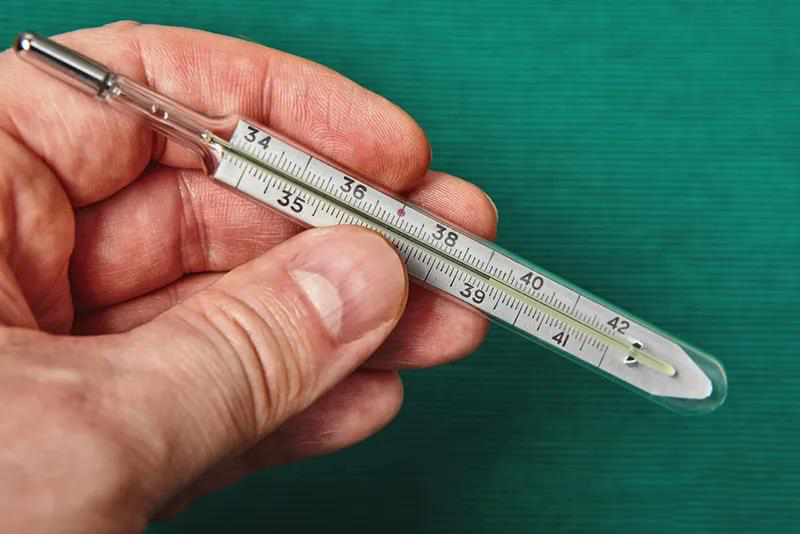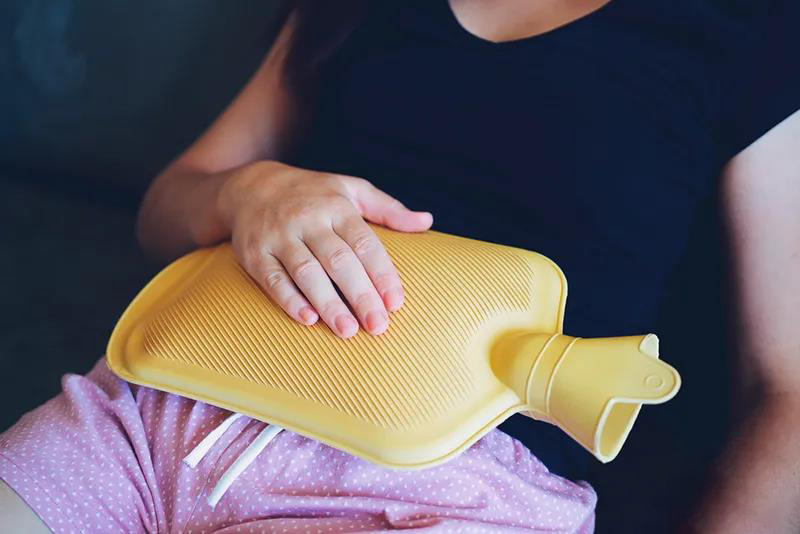
Drinking has not been advocated for a long time, because a series of hazards brought by drinking can not be underestimated.
In winter, some people are drunk and fall on the roadside, and the news of frostbite and even freezing death is often reported.
Today, let’s talk about how dangerous it is to have hypothermia after drinking too much? In case of hypothermia, how to treat it?
How dangerous is hypothermia after drinking too much?
As we all know, the human body has a temperature regulation system, which can maintain the core temperature of the human body in a narrow range suitable for survival under certain external regulation.
Hypothermia, in short, is the phenomenon that the body’s temperature regulation is unbalanced, the heat production is lower than the heat dissipation, resulting in the gradual loss of body heat and the inability to maintain normal body temperature.

Generally speaking, the development of hypothermia has three stages: mild, moderate and severe hypothermia.
In the first stage, the human body starts to lose heat and the body temperature begins to drop until the core temperature drops to about 32 ℃ – 35 ℃. At this time, the body’s first reaction is to reduce heat dissipation and accelerate heat production.
Therefore, in order to accelerate the production of heat, the muscles will contract continuously, resulting in the symptoms of “shivering”.
In order to reduce heat dissipation, the peripheral blood vessels also began to contract, the blood mainly flowed into the core, and the skin gradually became pale. At the same time, the exchange rate of oxygen and blood also decreased, and the content of carbon dioxide in blood increased. In order to mobilize various organs of the body to eliminate excess carbon dioxide, the brain is in an excited state, and the breathing and heart rate increase accordingly. However, after the brain remained excited for a period of time, it found that it could not make the body temperature rise, so it began to save energy and reduce emissions. The breathing and heartbeat gradually slowed down, the muscles gradually stiffened, and the patient’s action became slow.
In the second stage, with the continuous loss of heat, the core temperature is as low as about 28-32 ℃. The patient has unclear speech, slow response and trance state.
At this time, the temperature sensor is numb and cannot transmit the temperature signal to the brain. The hypothalamic thermoregulation center sends out wrong command, the peripheral blood vessels are opened, and the energy stored in the core in “energy conservation and emission reduction” is finally dispersed to blood vessels such as the skin. In a short time, it makes people feel “as if they are in a hot environment”, but in fact, it brings more heat loss and the rapid decline of core temperature.

In the third stage, the human body temperature is seriously reduced, and the core temperature drops below 28 ℃.
At this time, the temperature loss has been very critical. The patient is unconscious, breathing and heart rate become very slow, blood pressure decreases, muscles become stiff, heart fibrillation occurs, and is in danger of cardiac arrest at any time.
Therefore, the risk of hypothermia should not be underestimated.
Some studies have reported that only from 2000 to 2019, inappropriate outdoor temperature is related to more than 5 million additional deaths every year, accounting for 9.43% of the total causes of death in the world, of which the death caused by low temperature accounts for 8.52%. At present, the loss of temperature after drinking is the most important cause of loss of temperature death. Therefore, some people also call the loss of temperature disease “silent God of death”.
Why do people who lose their temperature after drinking take off themselves before freezing to death?
The answer to this question should also be attributed to the second stage of temperature loss.
With the loss of heat, the human body’s temperature system is “paralyzed” and cannot transmit accurate temperature information to the brain. The thermoregulatory center of hypothalamus can not get the correct “temperature feedback”, so it misjudges the external environment and gives the wrong command to open the peripheral blood vessels. In this way, the blood used for core insulation flows to the periphery, giving people the illusion of fever in a short time.
Therefore, the drunk has vague consciousness and takes off his clothes unconsciously to “relieve heat”. This just accelerates the loss of heat, leads to the rapid decline of core temperature, and speeds up the pace of death.
If there is temperature loss, how to treat it?
So what should we do in case of temperature loss? We have organized a set of emergency procedures as follows:
Get rid of hypothermia and transfer safely: when someone has hypothermia symptoms, immediately remove the patient from the hypothermia environment and transfer to a warm and safe environment or hospital.
Judge the degree of hypothermia and give first aid in time: judge the degree of hypothermia according to the patient’s state, and take corresponding first aid measures or call 120 for first aid according to the severity of symptoms.

Keep dry, core heating: check the clothes of those who lose temperature and replace wet clothes as soon as possible. At the same time, heat preservation equipment, such as hot water bag and heating paste, shall be used to heat the core part of the heat loser. It should be noted that the heating is only for the core. Never warm the limbs by rubbing hands and feet, otherwise the cold blood of the limbs will flow back to the heart, which may cause cardiac arrest.
Have some food properly and input energy: depending on the temperature loss, let the temperature loss person have some high calorie and good liquid food to quickly supplement energy.
Comments